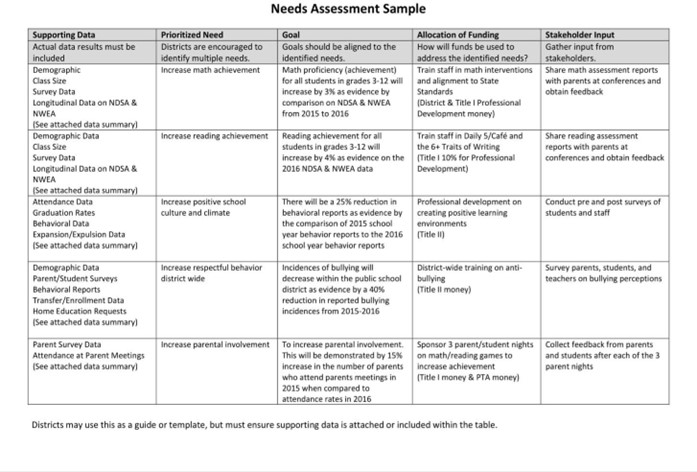The nurse manager observes that the staff nurse has used wrist restraints to help secure an elderly female in her
wheelchair. The client is pleading for the nurse to release her arms. The nurse explains to the nurse manager that the client needs to be restrained in the wheelchair so that the nurse can change her bed linens. Which is the priority action by the nurse manager?
Contact the healthcare provider to ensure that a prescription for restraints was written.
Advise the staff nurse to remove the restraints from the client's wrists.
Close the door to the room to avoid disturbing other clients in nearby rooms.
Determine if the client has an as needed (PRN) prescription for an antianxiety agent
Determine if the client has an as needed (PRN) prescription for an antianxiety agent
The Correct Answer is B
Choice A Reason: Contacting the healthcare provider is not the priority action because restraints should only be used as a last resort and not for staff convenience. The nurse manager should first ensure that the client's safety and dignity are respected.
Choice B Reason: This is the correct answer because restraints are not indicated for this situation and violate the client's rights. The nurse manager should educate the staff nurse about the ethical and legal implications of using restraints without proper justification and documentation.
Choice C Reason: Closing the door to the room is not a priority action because it does not address the issue of restraints. It also may isolate the client and increase her anxiety and distress.
Choice D Reason: Determining if the client has a PRN prescription for an antianxiety agent is not a priority action because it does not address the issue of restraints. It also may not be appropriate to medicate the client without assessing her condition and obtaining her consent.

Nursing Test Bank
Naxlex Comprehensive Predictor Exams
Related Questions
Correct Answer is A
Explanation
Choice A Reason: This client has a very high BNP level, which indicates severe heart failure and fluid overload. The nurse should follow up with this client first, as they may need urgent interventions such as oxygen therapy, diuretics, and vasodilators.
Choice B Reason: This client has an INR within the therapeutic range for warfarin therapy, which is usually between 2 and 3. The nurse should monitor this client for signs of bleeding or clotting, but they do not require immediate follow-up.
Choice C Reason: This client has a mildly elevated glucose level, which may be caused by the corticosteroids that
increase blood sugar. The nurse should check the client's blood glucose regularly and administer insulin as ordered, but they do not require immediate follow-up.
Choice D Reason: This client has a normal potassium level, which is within the reference range of 3.5 to 5 mEq/L. The nurse should ensure that the client is ready for dialysis and avoid foods high in potassium, but they do not require immediate follow-up.
Correct Answer is B
Explanation
Choice A Reason: The ability to update the equipment each year may be desirable, but not the most important question to consider. Updating the equipment may incur additional costs and may not be necessary or feasible depending on the type and function of the equipment.
Choice B Reason: The number of departments that can use the equipment is the most important question to
consider, as it reflects the potential impact and benefit of the equipment for the organization. The more departments that can use the equipment, the more efficient and cost-effective it will be.
Choice C Reason: The cost of equipment is an important question to consider, but not the most important one. The cost of equipment should be compared with the expected benefits and outcomes of using the equipment, not just in terms of monetary value, but also in terms of quality of care and patient satisfaction.
Choice D Reason: The need for annual repair is an important question to consider, but not the most important one. The need for annual repair may indicate the reliability and durability of the equipment, but it may also depend on the frequency and intensity of use, and the availability and accessibility of maintenance services.

Whether you are a student looking to ace your exams or a practicing nurse seeking to enhance your expertise , our nursing education contents will empower you with the confidence and competence to make a difference in the lives of patients and become a respected leader in the healthcare field.
Visit Naxlex, invest in your future and unlock endless possibilities with our unparalleled nursing education contents today
Report Wrong Answer on the Current Question
Do you disagree with the answer? If yes, what is your expected answer? Explain.
Kindly be descriptive with the issue you are facing.
